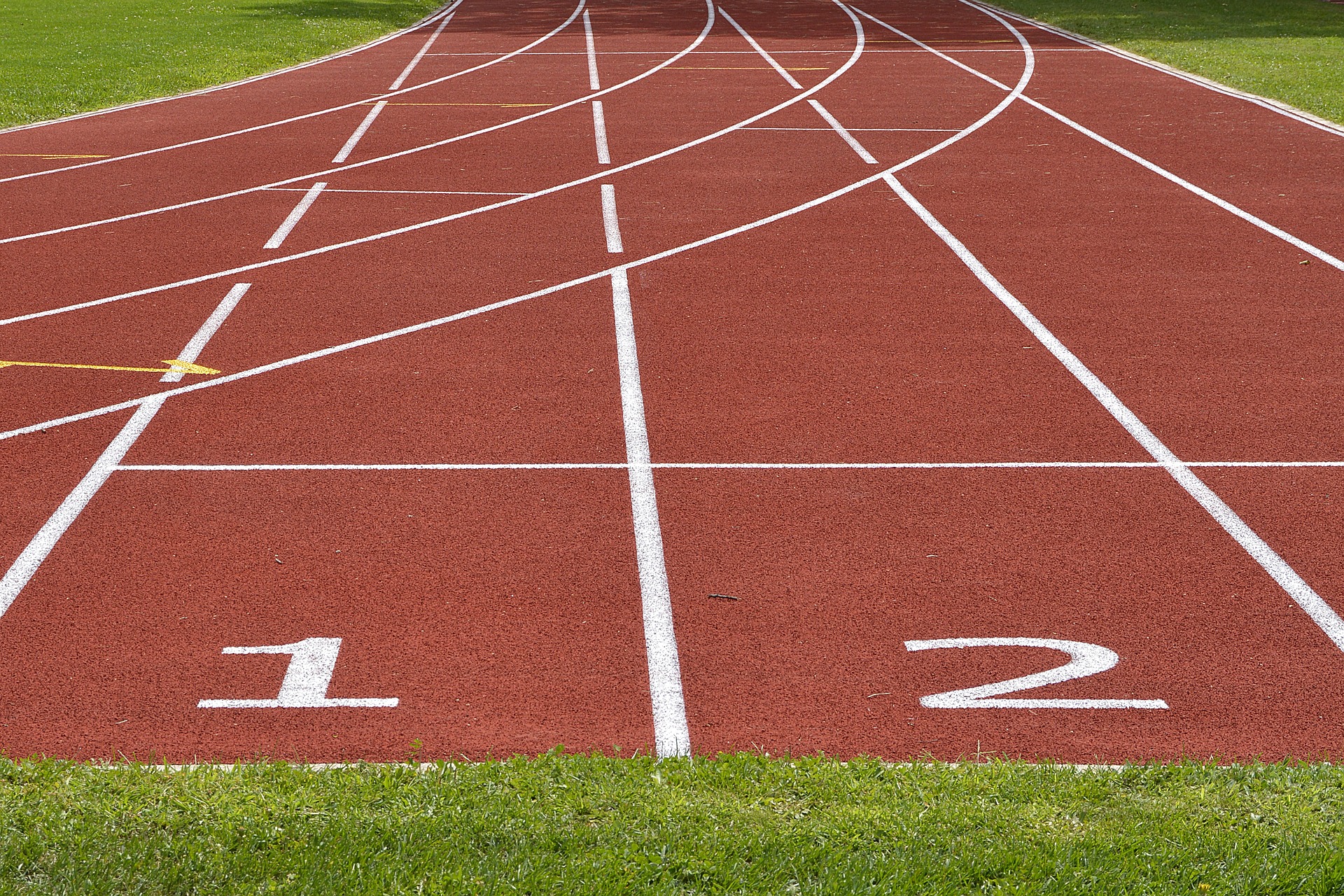Unraveling the Intricacies of Biathlon: A Blend of Stamina and Precision
The sport of biathlon, a fusion of cross-country skiing and rifle shooting, is a unique spectacle that demands not just physical agility but also mental acuity. Dating back to the snowy terrains of Scandinavia, the sport was initially a survival skill for hunters and later evolved into a military training exercise. The modern biathlon, as we know it today, came into prominence in the Winter Olympics of 1960 in Squaw Valley, California.
The Biathlon Phenomenon: Current Trends and Insights
From its humble beginnings, the sport of biathlon has transcended geographical boundaries and captured global attention. Today, it is not just Europe’s winter spectacle but has made its mark in North America and Asia as well. The sport’s growing popularity has resulted in technological advancements with sophisticated rifles and ski equipment. However, despite these modernizations, the sport’s essence remains rooted in its historic origins - a testament to human endurance and precision.
The Art of Biathlon: Training Techniques and Real-World Applications
The beauty of biathlon lies in its juxtaposition of two contrasting disciplines - the grueling endurance required for cross-country skiing and the calm, focused precision needed for rifle shooting. Athletes train intensively to master both, developing a unique blend of skills that are transferable beyond the sporting arena. The rigorous training regimens and mental focus techniques employed by biathletes can be beneficial in various real-world scenarios, including stress management and crisis situations.
Biathlon: The Science Behind the Sport
The sport of biathlon is as much a test of the mind as it is of the body. Research indicates that the physiological demands of cross-country skiing coupled with the mental stress of shooting under pressure leads to unique adaptations in the athletes. Understanding these physiological responses and optimizing training methods to enhance performance is an ongoing area of research in sports science.
The Future of Biathlon: An Outlook
The future of biathlon looks promising, with new formats being explored to make the sport more engaging and accessible. For instance, mixed relay events and shorter sprint races are gaining popularity, attracting a wider audience. Further, initiatives to promote amateur participation and youth development in biathlon are becoming increasingly prevalent, ensuring the sport’s long-term sustainability and growth.
Biathlon is a fascinating sport, demanding a unique blend of physical endurance, mental toughness, and precise skill. As we delve deeper into its intricacies, the sport continues to captivate audiences worldwide, further bolstering its status as a dynamic and evolving discipline in the realm of sports.







